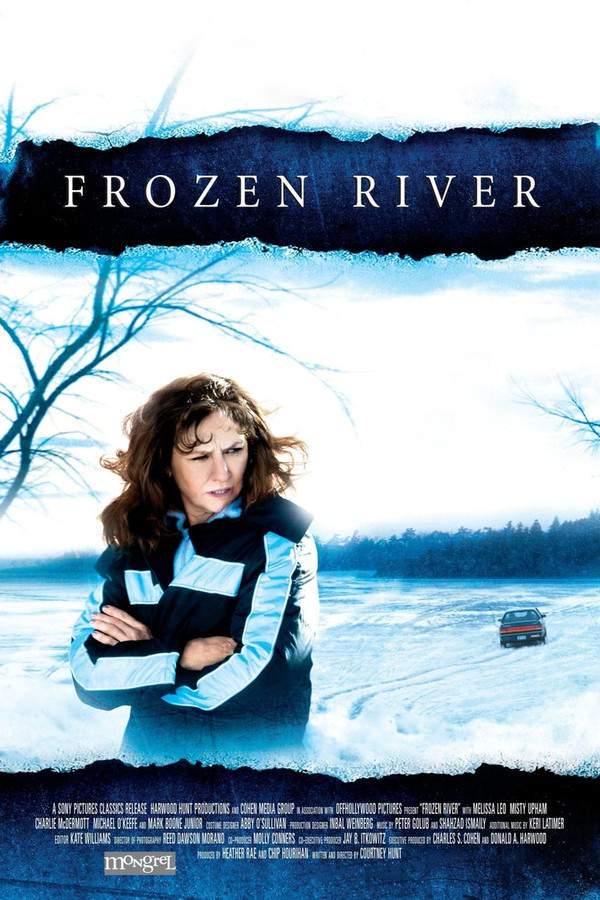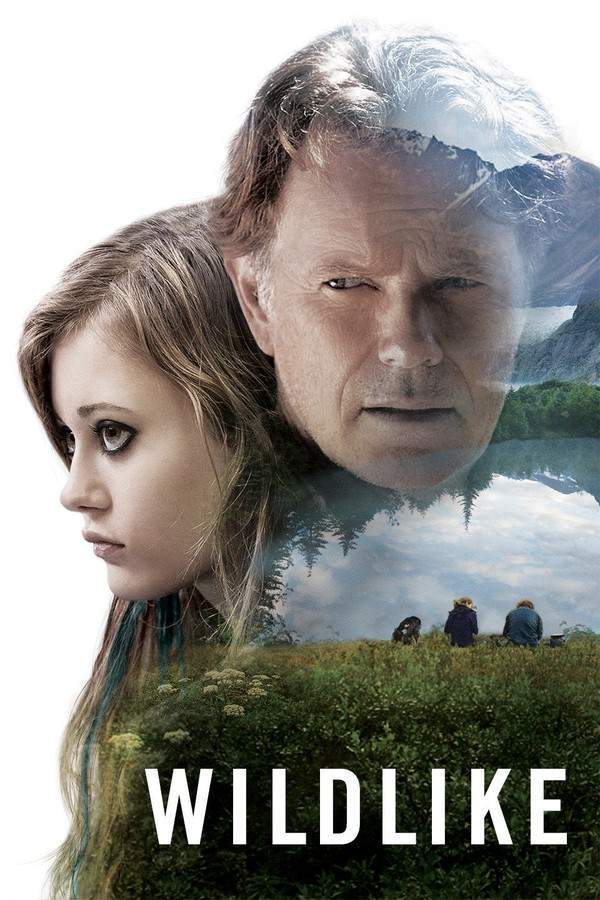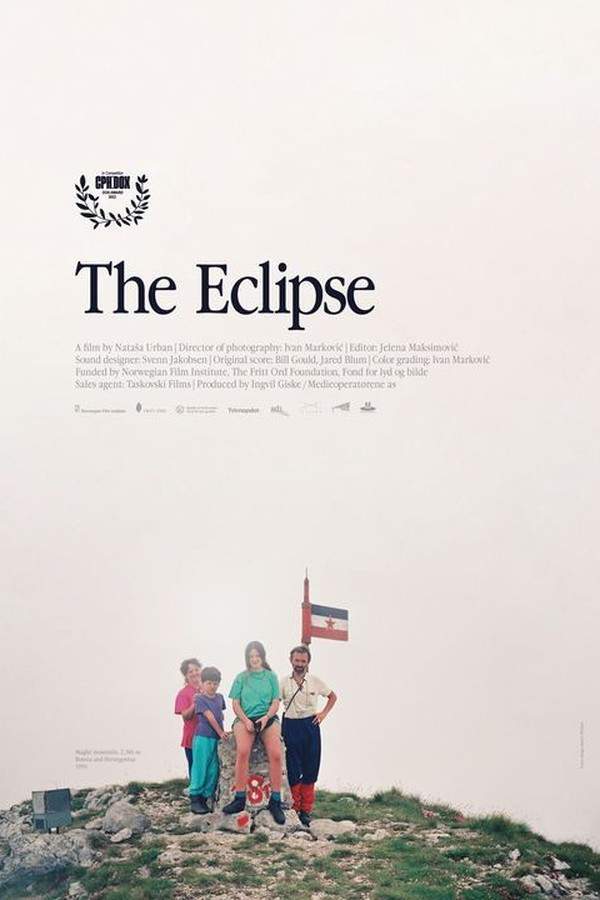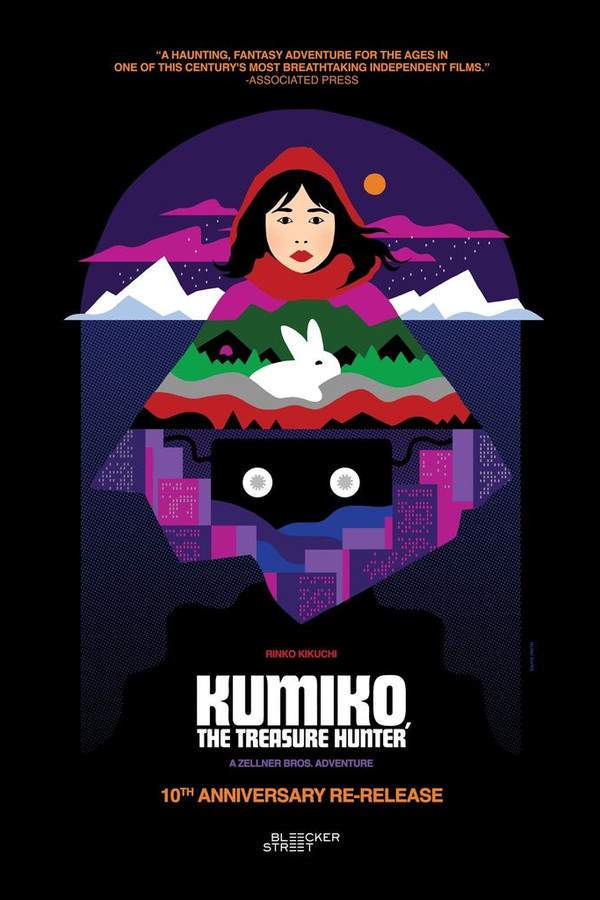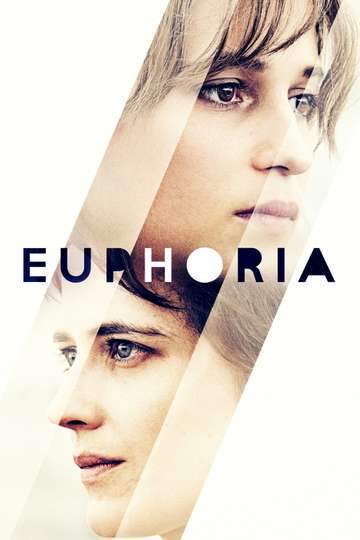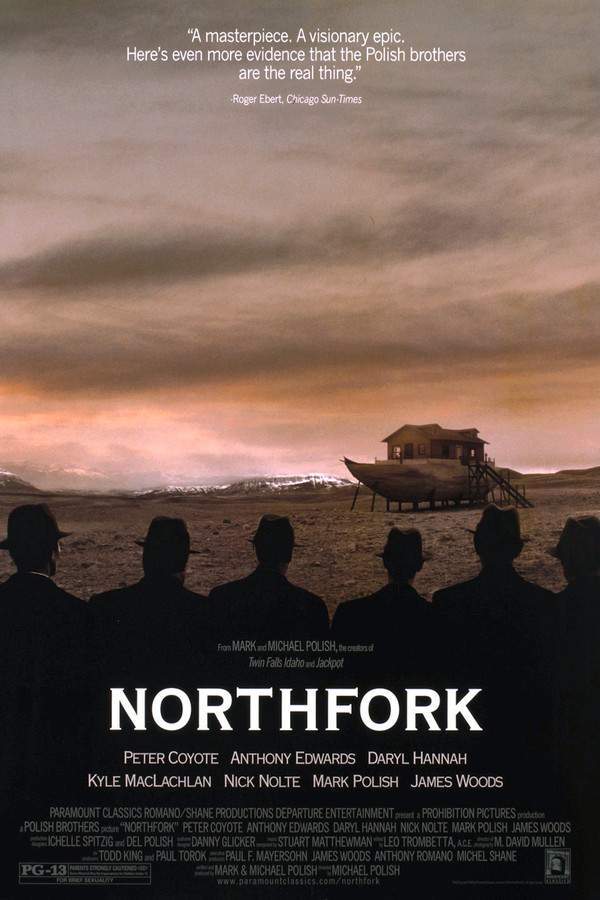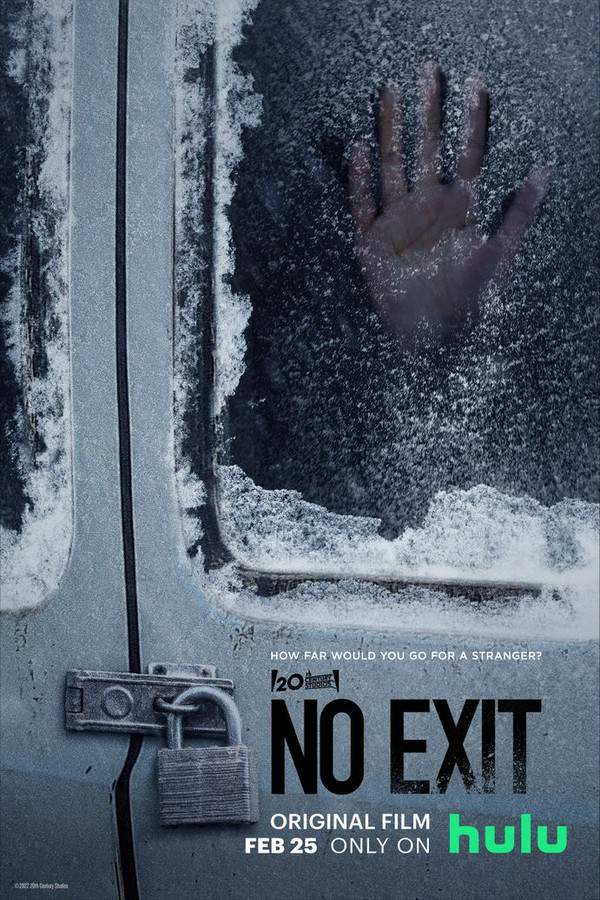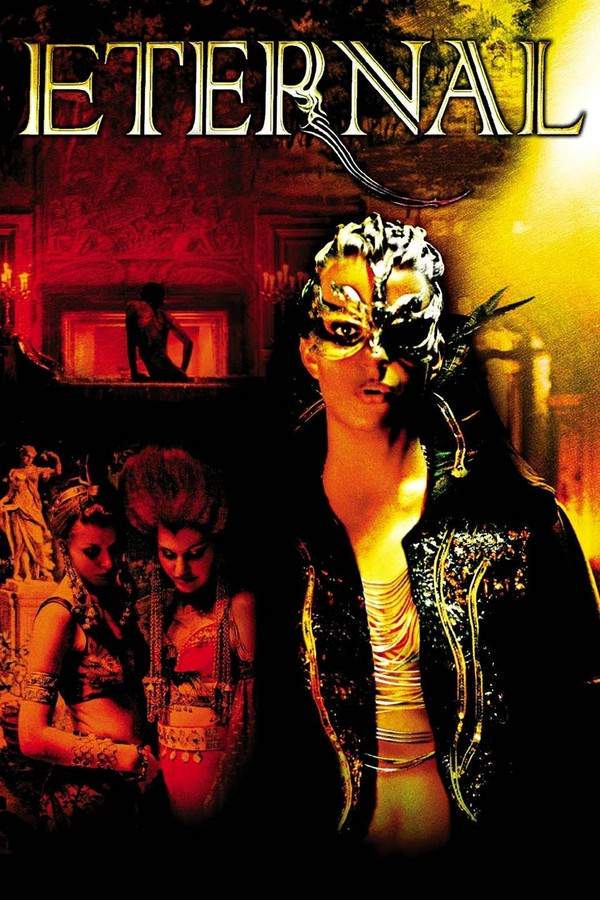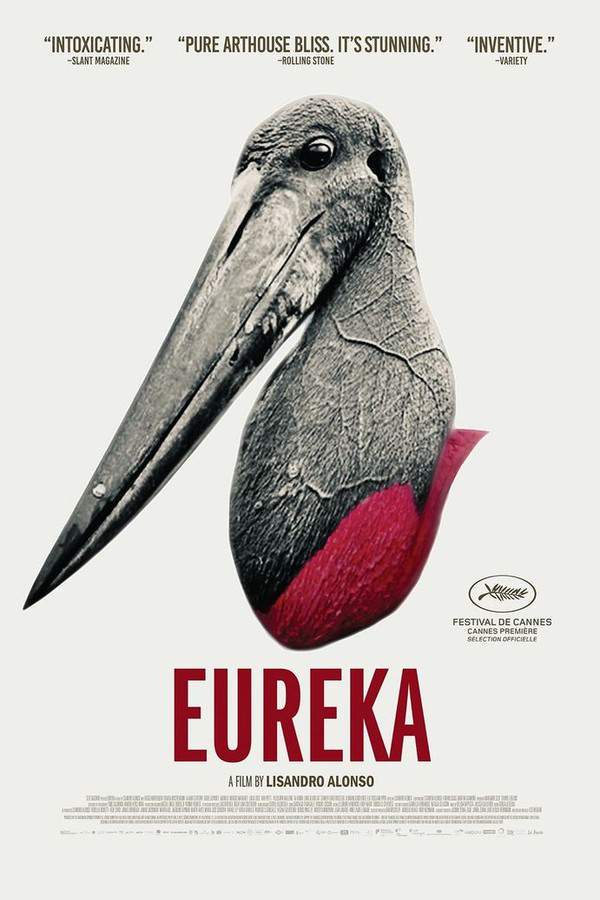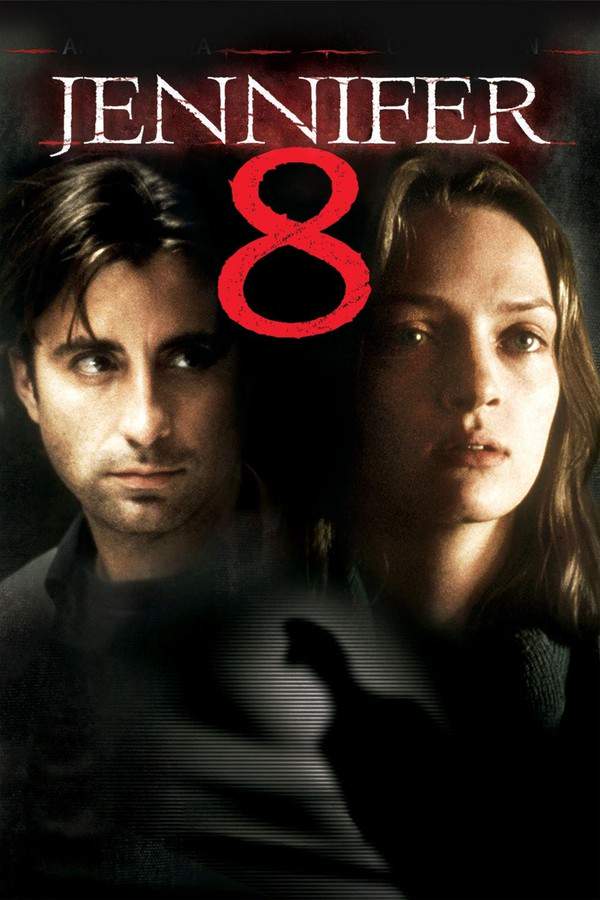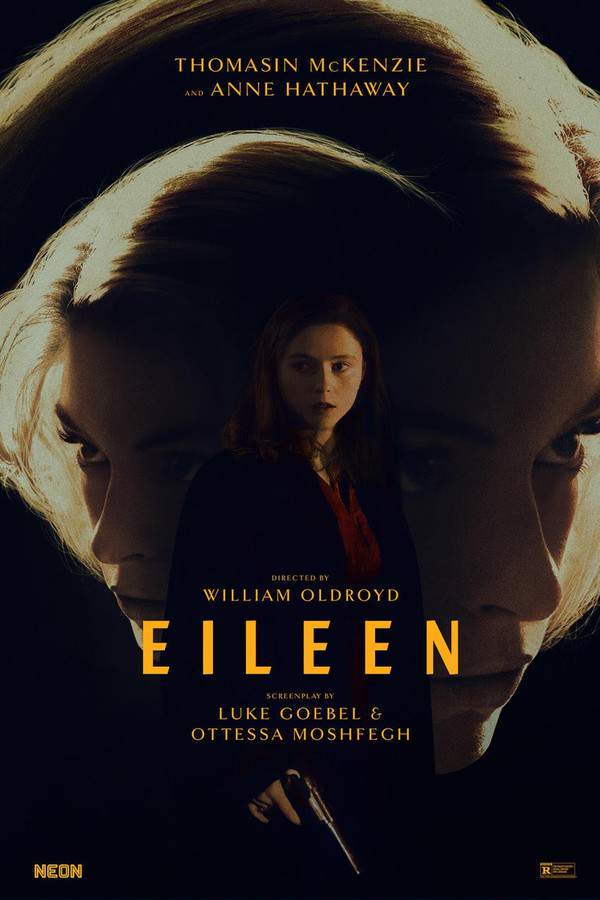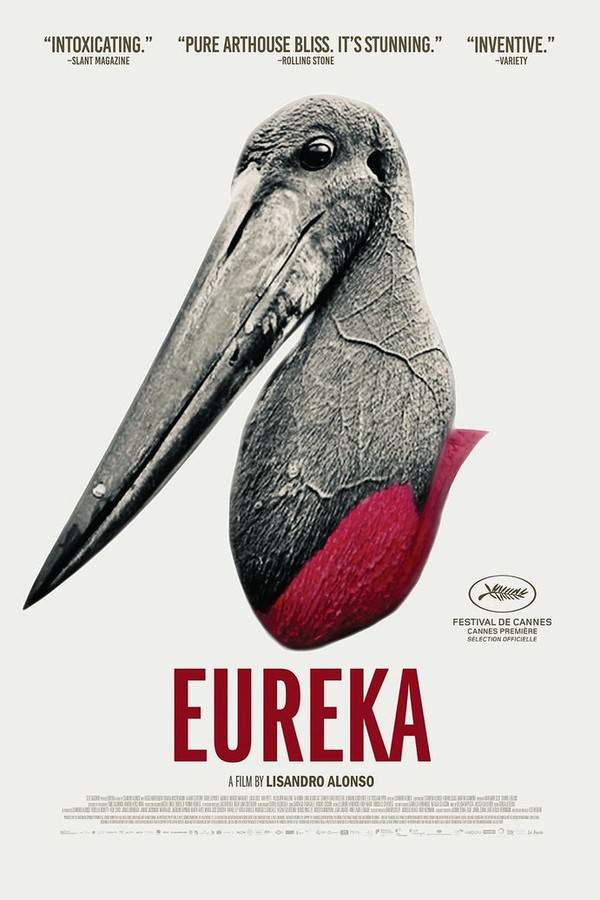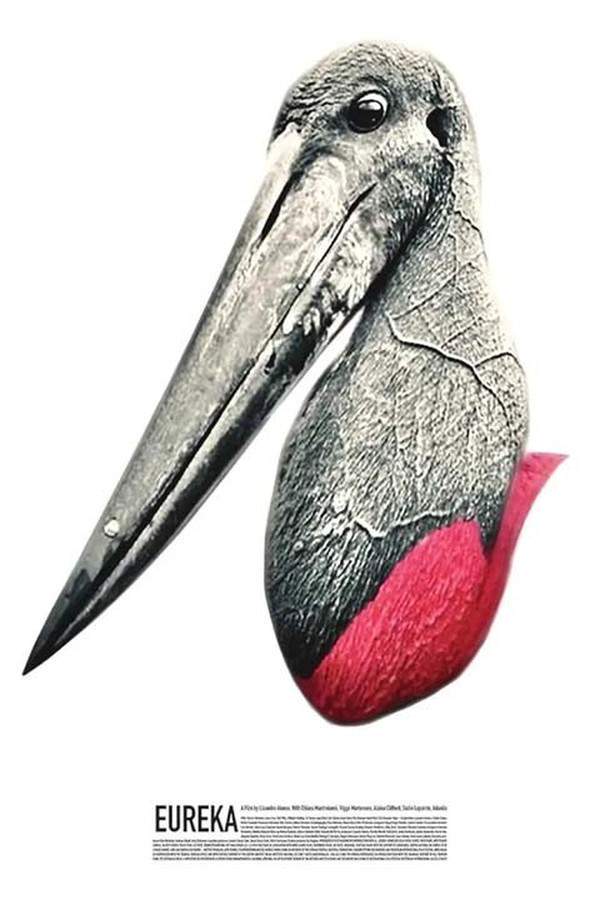
Eureka
Year: 2001
Runtime: 217 min
Language: Spanish
Director: Shinji Aoyama
In the harsh Yukon wilderness of 1925, prospector Jack McCann encounters Frieda, a clairvoyant madam, at a remote brothel. Sharing a profound connection, Frieda gives him a mysterious stone that promises gold. However, the gift also suggests a dark and unavoidable fate awaits him in the unforgiving landscape. He must confront both the allure of riches and the ominous prophecy that binds him.
Warning: spoilers below!
Haven’t seen Eureka yet? This summary contains major spoilers. Bookmark the page, watch the movie, and come back for the full breakdown. If you're ready, scroll on and relive the story!
Eureka (2001) – Full Plot Summary & Ending Explained
Read the complete plot breakdown of Eureka (2001), including all key story events, major twists, and the ending explained in detail. Discover what really happened—and what it all means.
Eureka is a drama set mainly in rural Kyushu, Japan, and it is almost entirely shot in a sepia tone, giving the film a hushed, memory-like atmosphere. The story centers on the lasting effects of a violent incident on three survivors: Naoki Tamura, his sister Kozue Tamura, and Makoto Sawai, a bus driver. They are the sole witnesses to a hijacking, and the film presents the trauma they endure without dwelling on graphic depictions of the violence itself. The emphasis is on how the event reshapes their lives and the slow emergence of their emotional scars.
The cast’s performances anchor the film’s quiet, observational approach. The film features performances by Aoi Miyazaki and Kôji Yakusho, bringing depth to the trio of survivors as their paths diverge and collide in the years after the incident. Naoki and Kozue withdraw from school, fall silent, and drift away from their parents. Their mother ultimately leaves the family, and their father dies in a car crash, with questions lingering about whether the death was suicide or an accident. The children continue living alone in the family home, a stark contrast to the world around them.
Makoto, the bus driver, struggles to resume a normal life. He travels the roads and, upon returning home, finds his wife has left him. Unable to return to driving, he takes a job as a day-laborer with an old school-friend, trying to rebuild some sense of purpose. The tension between Makoto and his own family grows, and he eventually moves in with Naoki and Kozue, taking over housekeeping and making sure they eat. Kozue begins to speak a little again, but Naoki remains mute, their communication fragile and tentative.
A detective who handled the hijacking becomes a persistent voice in Makoto’s life, harassing him about a murder in the neighborhood without presenting solid evidence. While Makoto is away at work, their older cousin Akihiko arrives and asks to stay to help look after the children. The four of them—Makoto, Akihiko, Naoki, and Kozue—settle into a fragile, improvised family arrangement, each carrying their own unspoken fears.
Another murder occurs, this time of a friend of Makoto’s. The detective questions Makoto but he is released, and he debates with a co-worker about his wish to return to driving. The group formulates a plan to escape their troubles by leaving behind the tensions that bind them to the present. They buy an old bus and convert it into living quarters, embarking on an extended journey around the island.
As they travel, Kozue grows more relaxed, while Naoki grows more unsettled. It gradually becomes clear that Naoki is the murderer, a revelation the film handles with restrained intensity. Makoto confronts Naoki and persuades him to surrender. The remaining three continue their journey, but tensions flare when Makoto ejects Akihiko from the bus due to his cynical, shallow outlook. The path of the journey becomes a reckoning for each of them.
In the end, after a sequence of hard-won realizations, Makoto and Kozue reach a moment where they sense they can face ordinary life again. Their bond and the weight they carry begin to loosen, and as they reach the peak of Kyushu’s highest mountain, the film shifts into color, signaling a possible turn toward normalcy and the possibility of reconnecting with the world outside their shared trauma. The color shift marks a hopeful, if tentative, transition from memory and pain toward a future that might hold ordinary life again.
Last Updated: October 09, 2025 at 15:45
Unlock the Full Story of Eureka
Don't stop at just watching — explore Eureka in full detail. From the complete plot summary and scene-by-scene timeline to character breakdowns, thematic analysis, and a deep dive into the ending — every page helps you truly understand what Eureka is all about. Plus, discover what's next after the movie.
Eureka Timeline
Track the full timeline of Eureka with every major event arranged chronologically. Perfect for decoding non-linear storytelling, flashbacks, or parallel narratives with a clear scene-by-scene breakdown.

Characters, Settings & Themes in Eureka
Discover the characters, locations, and core themes that shape Eureka. Get insights into symbolic elements, setting significance, and deeper narrative meaning — ideal for thematic analysis and movie breakdowns.

Similar Movies to Eureka
Discover movies like Eureka that share similar genres, themes, and storytelling elements. Whether you’re drawn to the atmosphere, character arcs, or plot structure, these curated recommendations will help you explore more films you’ll love.
Explore More About Movie Eureka
Eureka (2001) Scene-by-Scene Movie Timeline
Eureka (2001) Movie Characters, Themes & Settings
Eureka (2001) Spoiler-Free Summary & Key Flow
Movies Like Eureka – Similar Titles You’ll Enjoy
Frozen River (2008) Spoiler-Packed Plot Recap
Land (2021) Story Summary & Characters
Wildlike (2015) Detailed Story Recap
The Eclipse (2010) Film Overview & Timeline
Kumiko, The Treasure Hunter (2015) Movie Recap & Themes
Euphoria (2019) Complete Plot Breakdown
Northfork (2003) Film Overview & Timeline
No Exit (2022) Spoiler-Packed Plot Recap
Freeway (1996) Spoiler-Packed Plot Recap
Eternal (2005) Detailed Story Recap
Eureka (1984) Ending Explained & Film Insights
Jennifer 8 (1992) Film Overview & Timeline
Eileen (2023) Plot Summary & Ending Explained
Eureka (2024) Ending Explained & Film Insights



